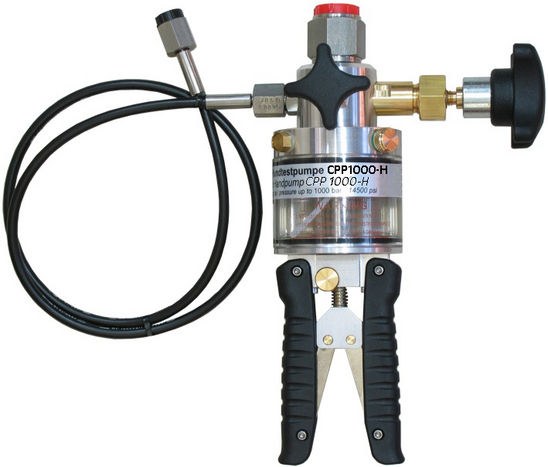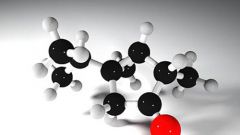Instruction
1
Molecular-kinetic theory considers the pressure as a result of blows of the gas molecules that are in continuous random motion, the wall of the vessel. In other words, its value is associated with the average kinetic energy of translational motion of molecules mv2 (where m is the mass of the molecule, and v2 is the average square speed of the molecules) and their number N in the volume V:P = Nmv2/3V.
2
The concept of "absolute pressure" is used in the calculation of partial pressure of gases (that is, the calculation pressure of each gas separately), and is measured from absolute zero pressure (absolute vacuum). Regardless of less or more pressure vessel of atmospheric pressure, absolute pressure is calculated by the formula:P = Ro + Ri.
3
Pressure (Ri) is called the difference between the pressure of the gas (fluid) and the ambient pressure. In order to determine the value of the excess pressure, use a manometer. If you are going to measure the oxygen pressure, select a pressure gauge whose body is blue, hydrogen is a dark green, etc. in addition, usually the manufacturers of these devices point to the inner surface of the manometer for measuring the overpressure of a gas it is intended. Pressure gauges made in the USSR until 1982, specify the pressure in kgf/cm2. 1 kgf/cm2 equals 98, kPa (kPa), the units of measurement adopted in the USSR since 1982.
4
For the measurement of barometric pressure use a mercury barometer. One millimeter of mercury is equal to 133,32 PA. However, for convenience of calculations the constant atmospheric pressure is considered to be normal. Normal atmospheric pressure - 760 mm of mercury (i.e., 101, 32 kPa).
5
Use the formula:P = Ro + Ri.Determine the absolute value of the pressure.




